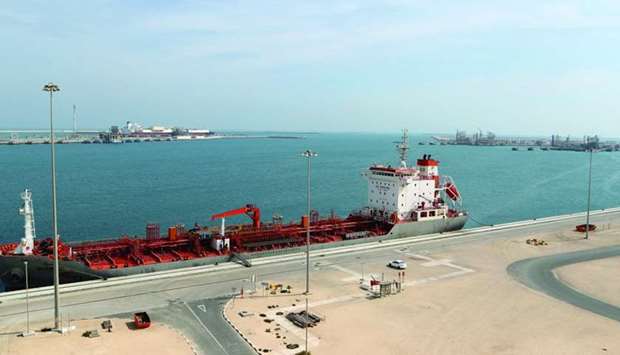An expected increase in hydrocarbons output; non-oil expansion boosted by Qatar Petroleum’s (QP) localization drive; and fresh digital investment supported by 5G rollout, offer prospects to many sectors in potentially doubling the economic growth, according to PricewaterhouseCoopers (PwC).
“The Qatari economy has recovered from a period of low energy prices and the impact of regional political uncertainties and is looking ahead to new opportunities. These will come as a result of economic reforms, such as the new foreign investment law, as well as from projects such as the North Field LNG (liquefied natural gas) expansion,” Bassam Hajhamad, Qatar Senior Partner, said, adding “the rate of economic growth is expected to roughly double in 2019.”
Finding that Qatar is no longer required to limit its crude output based on quotas; PwC said Total’s investment in Al Shaheen field may also raise oil output capacity. There is also scope for gas production growth, particularly when the Barzan comes on stream, it added.
Non-oil growth would be boosted by the ongoing localization drive, including the QP-led Tawteen initiative. A new round of digital investment – supported by the launch of 5G networks, new government platforms and technology ranging from blockchain to artificial intelligence – offers growth potential in many sectors. The 5G cellular networks should become available towards the end of 2019, it said.
The IMF (International Monetary Fund) had estimated a smaller hydrocarbons contraction in 2018 than the preliminary data indicates, and therefore the rebound in the sector in 2019 is likely to be stronger than the fund had expected, lifting the overall growth beyond its forecast.
Oil prices started 2019 at just $54 a barrel but rallied steadily to a four-year high of $75 in late April. Their annual average is likely to be similar to 2018. LNG spot prices have been weak in 2019, coming close to a record low of $4 per mmBtu at one point.
“However, most of Qatar’s LNG is sold on contracts indexed to oil prices, which limits the impact of lower spot prices,” PwC said, adding the fiscal balance would be supported by oil prices and also benefit from the excise taxes introduced in January.
The 2019 budget projects a small surplus based on a conservative oil price assumption of $55 and expenditure rising by 1.7%. In reality, the oil price is likely to be substantially higher, providing scope for both additional expenditure and also a larger surplus, it said.
Qatar lifted the 12-year moratorium on its LNG expansion in 2017 and since then development plans have been progressively expanded. The plan now is for a more than 40% increase in annual LNG output to 110mn tonnes.
QP launched a tender in April for the main engineering, procurement, and construction contracts and has indicated that it would finalize partnerships with global oil majors in mid-2019. The four companies operating the existing trains are frontrunners, but others are also bidding and QP has indicated that it might consider operating some of the trains.
Highlighting that once these decisions have been made, construction work should begin soon afterward, given plans to commission the trains by 2024; PwC said, “This will provide a boost to the construction sector and many firms in the supply chain. QP will also progress plans for new downstream petrochemical plants to utilize ethane and other byproducts.”
The report also said alongside the gas expansion, Qatar’s diversification goals would continue. The new foreign investment law and the associated funding incentives may begin to attract inwards investment during 2019 and that investors would also consider the advantages of new infrastructure.
Gulf Times
01/07/2019
























































